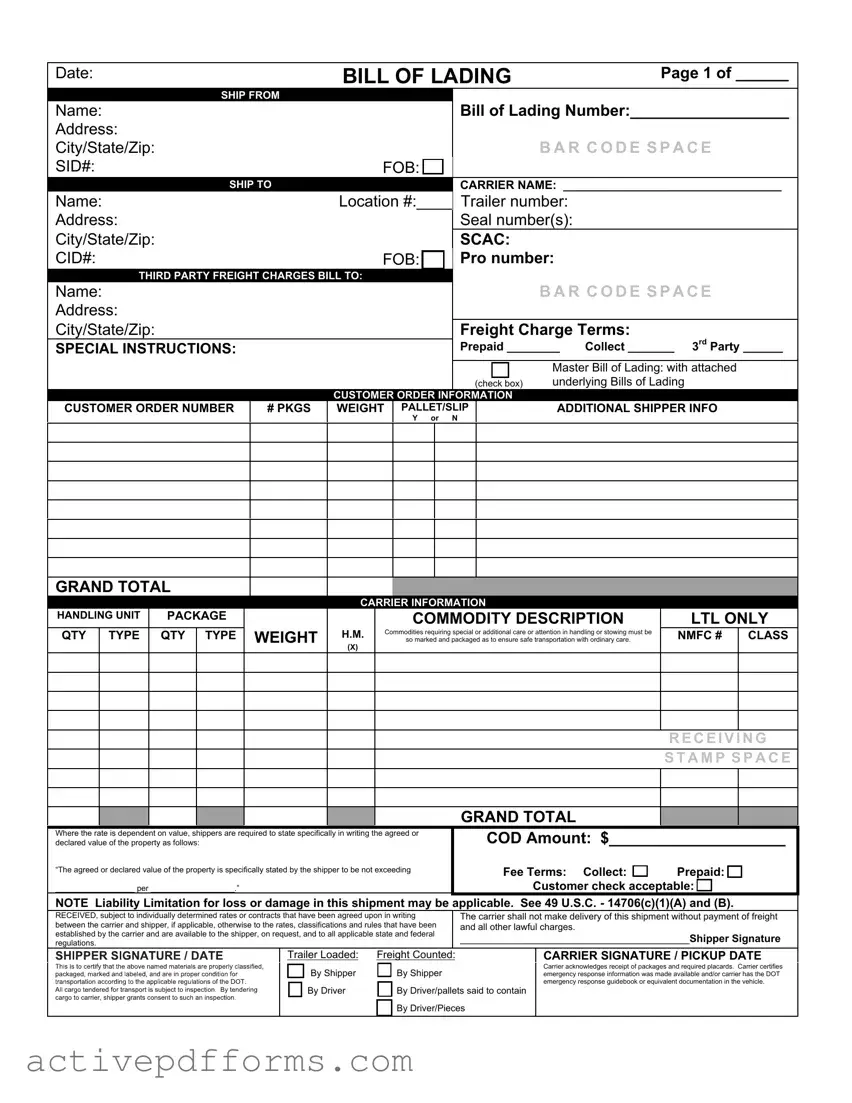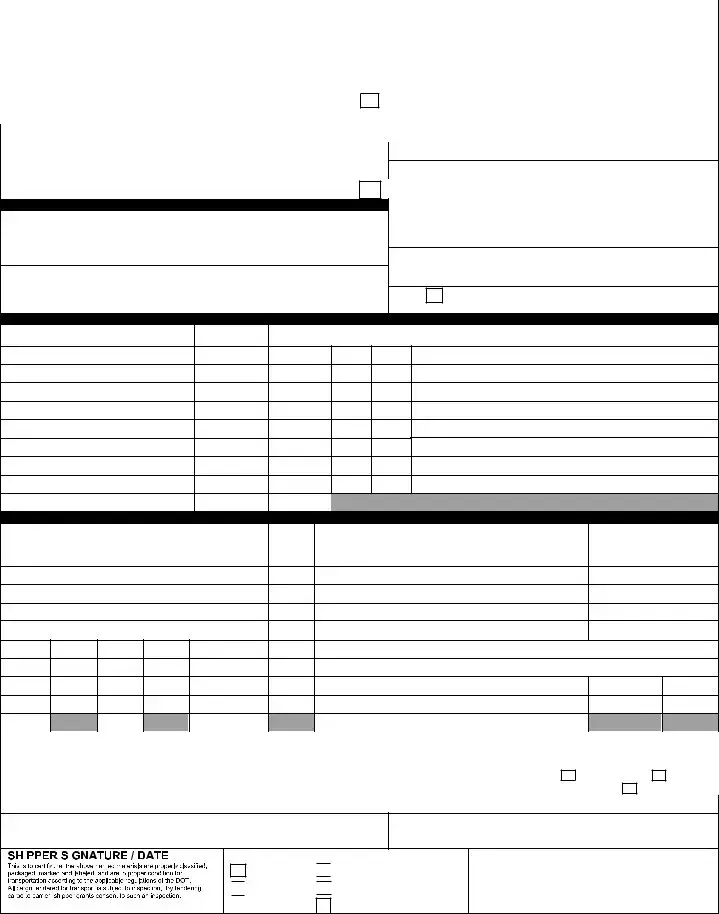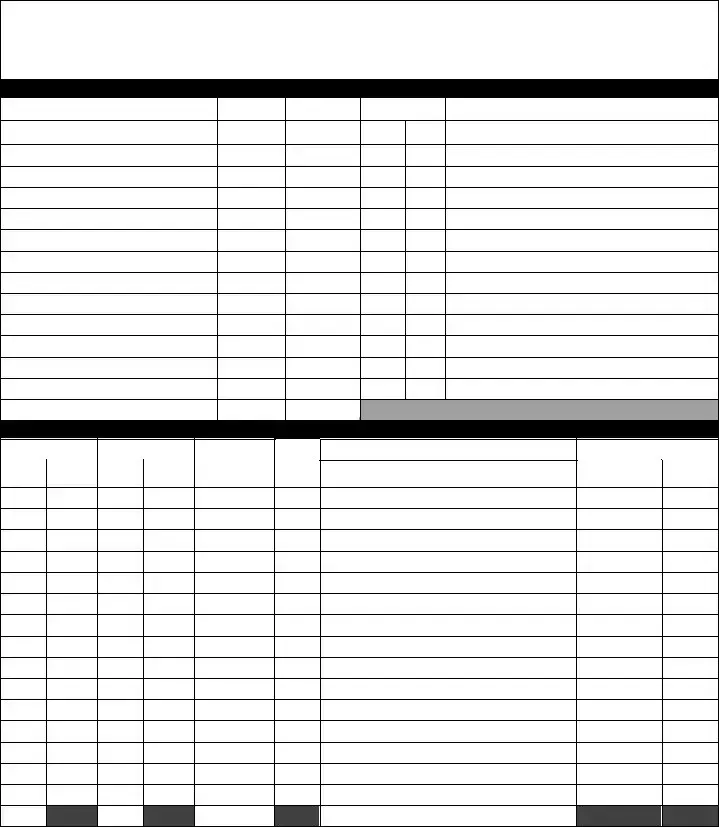Free Bill of Lading with a Supplement PDF Template
The Bill of Lading with a Supplement form serves as a critical document in the field of shipping and logistics. It acts as a formal agreement between the shipper and carrier, detailing the type, quantity, and destination of the cargo. This document is supplemented with additional information that ensures all parties have a clear and comprehensive understanding of the shipment's specifics.
Edit Bill of Lading with a Supplement Now


 to certify that the above named materials are properly classified, packaged, marked and labeled, and are in
to certify that the above named materials are properly classified, packaged, marked and labeled, and are in proper condition for transportation according to the applicable regulations of the DOT.
proper condition for transportation according to the applicable regulations of the DOT.
 By Shipper
By Shipper
 By Driver
By Driver 
 By Driver/pallets said to contain
By Driver/pallets said to contain